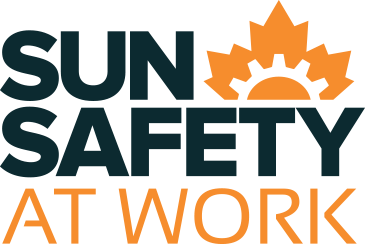Glossary beginning with I
I
- Incident search for term
-
An incident is an unwanted event arising from the normal course of work that resulted in, or could have resulted, in harm. Usually incidents include both accidents and close calls.
- Incident recall technique search for term
-
It is workers who understand the most about their workplace, equipment, materials, and processes. Workers are encouraged to recall situations and incidents that could have led to unwanted events and exposures, but that did not. Identifying ’close calls’ leads to proactive steps to eliminate or reduce their causes. Incident recall technique is intended to uncover events that were not reported but that could have been serious under different circumstances. It is an issue whether sunburn should be considered an incident and worth reporting.
- Incident report search for term
-
An incident report includes the reporting of accidents regardless of the degree of harm, as well as close calls.
- Infrared radiation search for term
-
Infrared radiation is the form of electromagnetic radiation that has a wavelength range of 770nm to 1mm. This is longer than visible radiation and shorter than microwave radiation. It produces heating effects on the skin and eyes.
- Inspection search for term
-
An inspection is defined as a: (1) deliberate, systematic scrutiny or examination of an activity; or (2) thorough, close, critical examination, checking or testing against established criteria or standards. Regular workplace inspections are required to be undertaken by occupational health and safety legislation. The purpose of a workplace inspection is to identify and correct unsafe conditions, practice and behaviours. They are also a good way for workers to raise concerns, help supervisors/managers gain a better understanding of the jobs and tasks, and help the workplace to comply with their legislative obligations. An inspection is a proactive activity, as opposed to an investigation, which is triggered by an unwanted event (an incident or accident). Inspections may be done by workers, supervisors, committee members or health and safety practitioners.
- Inspection checklist search for term
-
An inspection checklist is a guide that structures an inspection. It usually lists common hazards and expected controls along an inspection route. It is used in planned, formal workplace inspections.
- Internal Responsibility System (IRS) search for term
-
The IRS is the policy foundation of occupational health and safety (OHS) legislation across Canada. The IRS means that everyone in an organization is responsible for OHS. Individuals should engage in OHS activities that are appropriate for the person’s level of authority and control. The IRS is represented in OHS legislation by duties for all workplace parties. The employer has the largest heaviest duties. The IRS also consists of the three worker rights. The first is the right to know about hazards and controls. This is usually expressed legally as duties on the part of the employer and supervisor to advise and educate about hazards and controls. The second is the right to refuse unsafe or dangerous work. The third is the right to participate in OHS decision-making, usually through representation on a health and safety committee or by a health and safety representative. A sun safety program should consider what each level of the organization should be responsible for under the program.
- Investigation search for term
-
An investigation is a detailed systematic search to uncover facts and determine the truth of the factors (who, what, where, why and how) of an incident. It is reactive, as opposed to the proactive nature of an inspection. An investigation program should contain standards as to what will trigger an investigation. It is considered good practice to investigate minor events and close calls, and not just serious incidents or accidents. An investigation should aim to determine the root causes of an incident, and not just the immediate superficial causes.
- Ionizing radiation search for term
-
Ionizing radiation refers to the portion of the electromagnetic spectrum with short wavelengths, high frequency, and high energy. This type of radiation ionizes atoms, and can cause biological damage. In sun safety we are primarily interested in non-ionizing radiation (ultraviolet and infrared radiation from the sun).
- Irradiance search for term
-
Irradiance describes the amount of radiation received by a person when the radiation comes into contact with them. This is a fundamental value for radiation measurement. However, it relates to exposure at one time-point only. It has the unit Watt per square meter (W/m2). For exposure over a period of time (for example, a work day), refer to radiant exposure or dose.

